In recent days, the draft Law on Personal Income Tax, which is being consulted by the Ministry of Finance, has attracted widespread public attention, especially from real estate investors and businesses, when it proposed to impose a 20% tax on profits earned from real estate transfers.
Real estate transfer tax 20% or 2%?
According to the provisions in the draft, if taxable income can be determined by the selling price minus the purchase price and related expenses, personal income tax will be calculated according to the formula: taxable income multiplied by the tax rate of 20%, equivalent to the corporate tax rate payable for real estate transfer activities.
In cases where the purchase price and cost cannot be determined, the draft applies tax rates based on the real estate holding period. Specifically, if the real estate is transferred within less than 2 years, the tax rate is 10%; from 2 to less than 5 years is 6%; from 5 to less than 10 years is 4%; and from 10 years or more is 2%. Particularly for real estate originating from inheritance, the applicable tax rate is 2%.

Many conflicting opinions on the proposal to impose a 20% tax on real estate transfer profits.
Mr. Nguyen Van Duoc, General Director of Trong Tin Accounting and Tax Consulting Company, said that calculating tax based on actual income reflects the nature of the transaction and is consistent with the principles of personal income tax. However, he also noted that a fixed tax rate of 20% in cases where costs can be determined may not be enough to limit real estate speculation. Therefore, he proposed adjusting the tax rate according to the holding period, similar to the method applied in cases where costs cannot be determined, to increase the effectiveness of market regulation.
For example, if the profit from the transaction can be determined, the tax rate can be divided according to time points: under 2 years apply 22%, from 10 years or more can apply 10-15%. This both ensures fairness and contributes to limiting speculation and inefficient land use. Current reality shows that the fixed tax rate of 2% on the transfer price as applied does not reflect the true nature of the transaction, because whether there is a profit or a loss, the seller still has to pay the same tax, leading to inequality and budget loss.
The shift to income-based taxation is seen as reasonable in the context of increasingly transparent real estate transactions thanks to cashless payments and land prices approaching market prices. In addition, all changes in real estate ownership are updated at the tax authority, allowing for effective control. Taxpayers can also provide invoices and documents to prove expenses, thereby ensuring more accurate tax calculations.
Finally, to effectively implement the policy, Mr. Duoc emphasized the need to soon build a national database on real estate transactions, while strengthening supervision of notary organizations, trading floors and invoice providers, creating conditions for people to honestly and transparently declare transfer costs.
Paying up to 20% in taxes will become a burden.
Meanwhile, many people, including Mr. Bui Thanh Hai (residing in Xuan Hoa ward, Ho Chi Minh City), believe that this tax rate does not reflect reality. According to Mr. Hai, for those with stable income but no safe investment channel, many people choose to buy real estate as a way to accumulate. When they need to sell, the profit is not large, but if they have to pay up to 20% tax, it will become a burden. Meanwhile, other investment channels such as gold or savings are not taxed, leading to unfairness between investment forms.
Sharing this view, Dr. Pham Viet Thuan also said that the 20% tax rate for individuals is not appropriate compared to businesses that have paid VAT and corporate income tax. According to him, the current tax rate of 2% on the transfer value is more reasonable because it is easy to implement and consistent with the current legal system.
However, there are also many opinions supporting the new proposal. One expert said that taxing based on real profits (selling price minus purchase price and reasonable expenses) is the right approach to the nature of income tax, ensuring fairness between those who lose and those who make profits. Those who sell at no profit will not have to pay tax, while those who enjoy high profits will contribute accordingly.
This not only reduces the burden on retailers but also helps limit speculation and real estate price inflation. In addition, when real estate prices increase sharply, taxing 20% on profits will bring in more budget revenue than the current 2% calculation.
However, the feasibility of the new plan is still a matter to consider. Mr. Ta Trung Kien, Director of Wowhome Real Estate Company, said that people currently do not know where to look up information on real estate prices accurately and transparently. Therefore, there needs to be a clear roadmap, specific instructions and a transparent price information system for people to easily implement.
Source: https://nld.com.vn/tranh-cai-ve-de-xuat-danh-thue-20-tien-lai-chuyen-nhuong-bat-dong-san-cong-bang-hay-bat-hop-ly-196250724154339126.htm




![[Photo] Prime Minister Pham Minh Chinh chaired a meeting to evaluate the operation of the two-level local government model.](https://vphoto.vietnam.vn/thumb/1200x675/vietnam/resource/IMAGE/2025/10/29/1761751710674_dsc-7999-jpg.webp)
![[Photo] Human love in the flood in Hue](https://vphoto.vietnam.vn/thumb/1200x675/vietnam/resource/IMAGE/2025/10/29/1761740905727_4125427122470875256-2-jpg.webp)
![[Photo] Hue: Inside the kitchen that donates thousands of meals a day to people in flooded areas](https://vphoto.vietnam.vn/thumb/1200x675/vietnam/resource/IMAGE/2025/10/29/1761738508516_bepcomhue-jpg.webp)

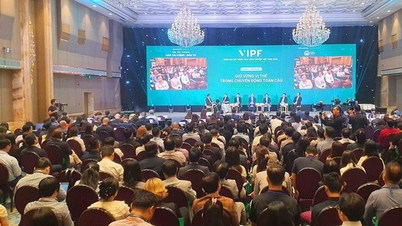




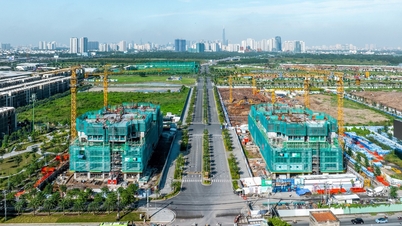






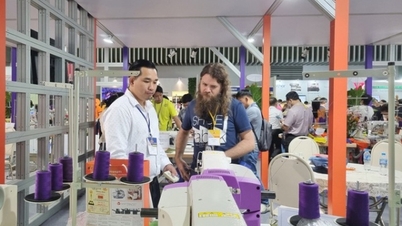










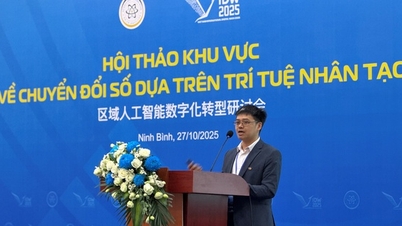











































![[Live] Concert Ha Long 2025: "Heritage Spirit - Brightening the Future"](https://vphoto.vietnam.vn/thumb/402x226/vietnam/resource/IMAGE/2025/10/29/1761743605124_g-anh-sang-am-thanh-hoanh-trang-cua-chuong-trinh-mang-den-trai-nghiem-dang-nho-cho-du-khach-22450328-17617424836781829598445-93-0-733-1024-crop-1761742492749383512980.jpeg)

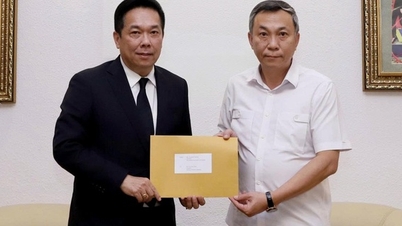


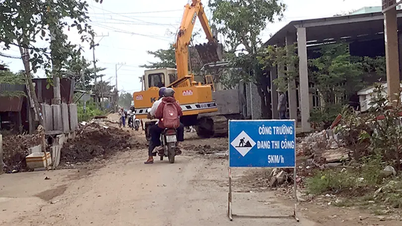























Comment (0)